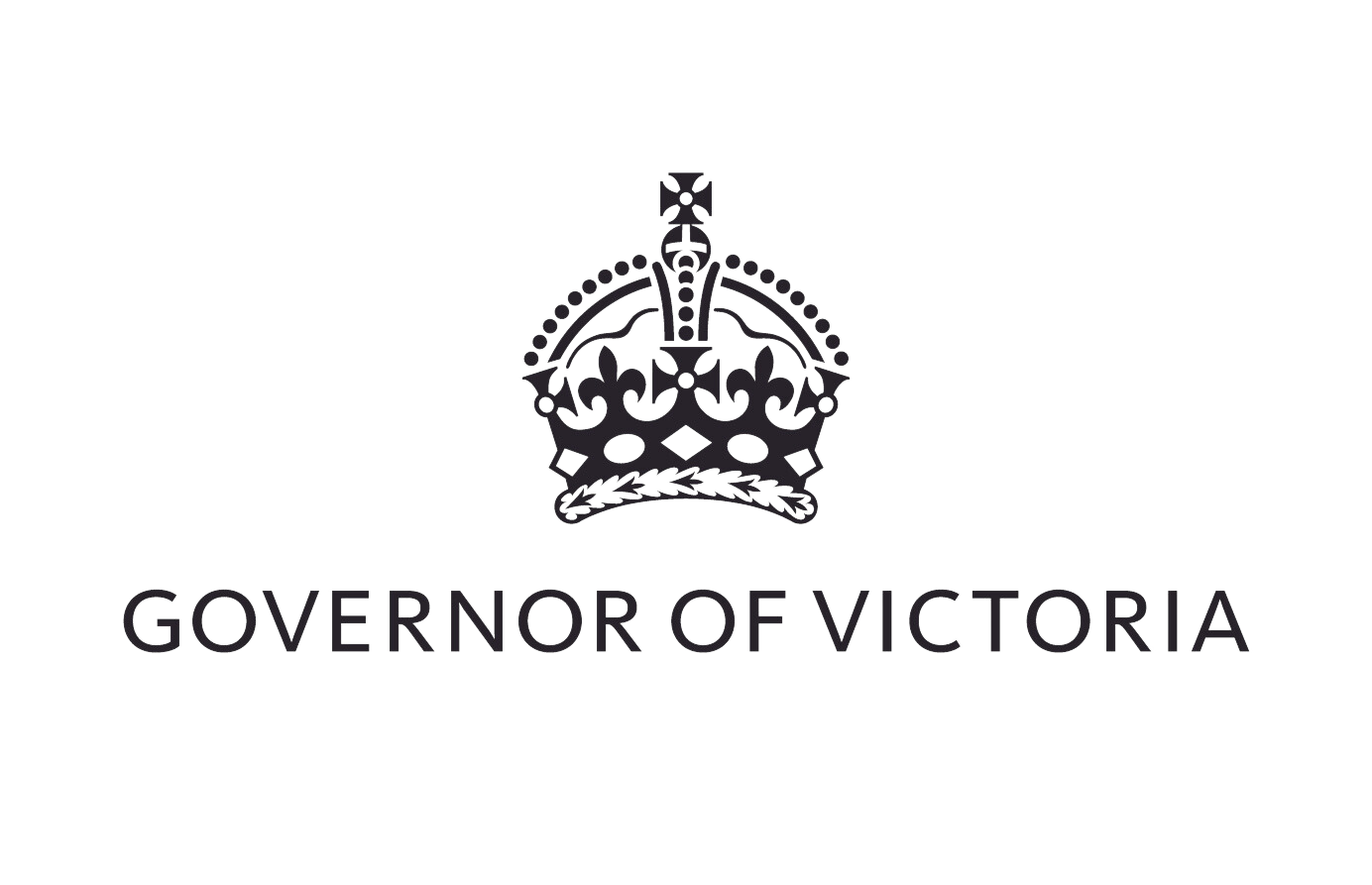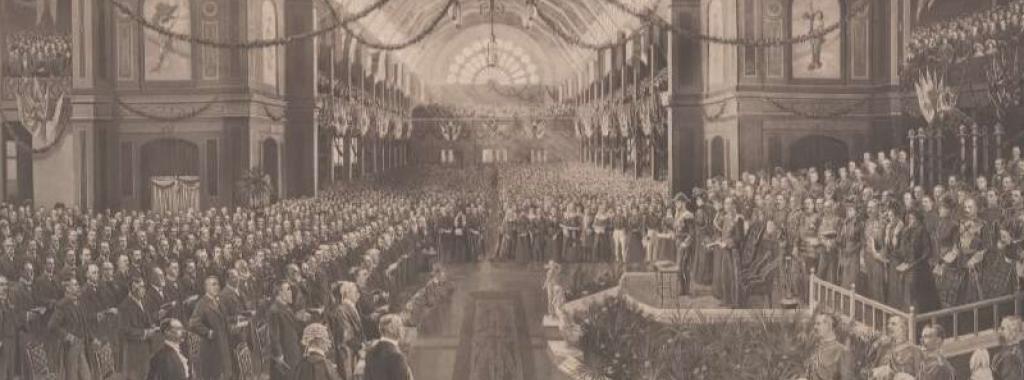The second discussion in the series, titled “Faith in the people?”: Victoria and Federation, creation and outcomes, was held in September 2024.
This discussion focused on Federation, the creation of the Commonwealth of Australia, from the late 1890s to 1914 and the role of Victoria in this significant moment.
Format
The Governor introduced the event and welcomed participants. You can read the Governor’s full remarks.
The facilitator, Jon Faine AM, then formally called on speakers.
Three speakers each presented a question to the group, which they explored in a short presentation. Following the three presentations, guests were invited to participate in a facilitated discussion to further explore the topic.
Speakers and Questions
Emeritus Professor Judith Brett AM, La Trobe University: From 1901 to 1927 the Federal Parliament and government were located in Melbourne. What, if any, effect did this have on the new Commonwealth of Australia?
Associate Professor Carolyn Holbrook, Contemporary Histories Research Group, Deakin University: Why did Federation in 1901 fail to inspire Australians as a moment of national birth, and what consequences does this failure have for our democracy?
Professor Marilyn Lake AO, Honorary Professorial Fellow, History, The University of Melbourne: When Federation created a new political community called the Commonwealth of Australia what were its ideals and who were imagined as its citizens?
Background information
On 15 December 1900, the Earl of Hopetoun sailed into Sydney Harbour to take up his position as Australia’s first Governor-General. He chose, in what Deakin called “Hopetoun’s blunder”, William Lyne, then Premier of NSW, to be the first Prime Minister and to assemble a Ministry drawn from all States. Lyne (unable to do so in the face of resistance) resigned on 24 December and advised Hopetoun that Edmund Barton from NSW be appointed.
Barton chose the first Ministry he had planned with Alfred Deakin - the prominent proponent of Federation from Victoria. Deakin became Australia’s first Attorney-General with Barton as the first Prime Minister and Barton was successful in winning the first federal election with this team. As history records, Deakin succeeded him as the second Prime Minister of Australia in 1903.
The first celebrations of Federation and swearing in of the Governor-General were held in NSW in January 1901, as agreed, in the first settled and largest colony which had given ambivalent support for this new Commonwealth. In May 1901, Victoria celebrated the opening of the first Federal Parliament in the Royal Exhibition buildings, an event immortalised in the Tom Roberts painting. Federation had been strongly supported by Victorians, where the final Yes vote was over 94 per cent. And the Governor-General took up residence in Government House, Victoria, a residence familiar to him and his family from his time as Governor of Victoria (1889-1895).
Deakin wrote “A federal constitution is the last and final product of political intellect and constructive ingenuity …[t]o frame such a constitution is a great task for any body of men [sic] …[y]et …among all the federal constitutions of the world you will look in vain for one as broad in its popular base, as liberal in its working principles, as generous in its aim, as this measure” (Deakin, 1898).
Through the many debates and conventions that led to the creation of a federal Australia, there was an acute understanding of the significant democratic features of its construction. Much was written, including poetry, to capture the importance of this birth of a nation.
Because they live among us, and we know
The unheroic detail of their days,
Since they and we move in familiar ways,
We scant the greatness of the deed they do.
They weld an empire, not in old world wise
‘Mid crash to war and clamour of armed men
But in calm conclave, where each citizen
May speak his share of truth with fearless eyes.
(David Christie Murray, 1891)
Much was written at the time and since about how this Constitution was shaped by the people of Australia in peace, not by war and conflict; that change to it was to be by the Australian people; and it was argued to be the most democratic in its enfranchisement of those people.
Yet since that creation, Federation as the birth of the nation Australia has not loomed large in the telling of our history. There are many questions to be asked about the Australia that was created at and by Federation and the role of Victoria in that process. And we should question why that peaceful moment has not been the hallmark of our nation - but rather our Anzac moment in the Great War that followed.
The impact of that Constitution and our Federation has remained part of our development. In recent times we have been reminded of the role of the States in our Federation as responsibility for the health of citizens found expression in State regulation of many aspects of our lives and we recognised that State borders were more than lines on a map of Australia.
Recently we have also experienced once more the role of referenda in expressing the will of the people about potential changes to the Australian constitution. Over more than a hundred years very few referenda have been successful, since the Constitution was enacted. Yet the hope of those who argued for Federation was that referenda would allow Australia to respond to change by consulting the people and changing the Constitution as needed (Holbrook, 2017).
In the conventions and debates that led to Federation questions were asked and decided about who should be ‘the people’ enfranchised in this new nation. And those answers continue to resonate in questions we ask about political representation of the Australian people, whether it be by gender, race or citizenship. Questions about the type of democracy being created at Federation were canvassed from how the States should be represented through to the possibility of a republic.
The first decades of the Federation were played on the political stage in what is now the Victorian Parliament in the city of Melbourne in the State that was among the most committed to a federation that became the Commonwealth of Australia.
Looking back on Federation, explanations that seek the driving concerns in bringing this idea of a new nation to realisation have ranged across the economic, political and cultural circumstances of the time and the various conjunctions of these matters. There are particular politicians and activists and organisations that had important roles, as well as the moment in the history of Empire and the colonies that formed Australia.
In asking these questions, we explore the possibilities of the society we have created as we moved from colony to a federation of States in a new nation.

